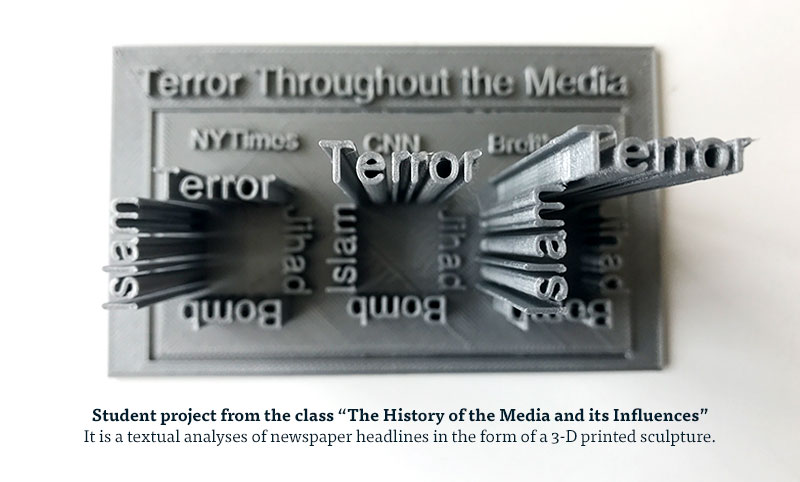Last spring, Perry Eaton’s advisor at Tufts University put him in touch with Joe Christy at Beaver. “It was the beginning of a fruitful relationship, not only with a great educator, but with a school unlike any other I’ve experienced,” Eaton said. Since then, Eaton has spent the past year working as a student teacher in Beaver’s Global History Department. He shares his experience below in the final post of a three-part series on life as a BVR student teacher. Read Part 1 and Part 2.
 In the spring term, in addition to teaching a senior elective, I also learned more about the school’s culture.
In the spring term, in addition to teaching a senior elective, I also learned more about the school’s culture.
Diversity at Beaver
When I started at Beaver, one of the first things Joe Christy, Director of Student Engagement, told me was that every Beaver faculty member assumes the role of Head of Diversity. This was a responsibility I was eager to explore, and what I’ve learned this year is there’s no singular way this role manifests itself. Instead, it’s part of the inclusive nature the entire community approaches all aspects of school life. For example, the curriculum is always designed with empathy in mind, looking to encounter new content through different perspectives: i.e., History classes look at the past and present from a global perspective and English classes dig into texts from voices of many different backgrounds. In addition, Beaver faculty make the role a big part of their practices – seeking development opportunities to learn more and attending workshops and conferences like PoCC and the Multicultural Teaching Institute to have purposeful discussions. I look forward to growing this part of my practice as well: It’s paramount to the Beaver community and crucial to teaching all learners.
Mistakes and reflection
Having my own class – a 12th grade elective called The History of the Media and its Influences – was the challenge that I prepared for throughout this year. I knew I’d make mistakes, but I wanted to use these mistakes constructively in order to grow. One way I was able to do this was to build time into each day to reflect on what I did in the classroom. Mr. Northrop would often join me in this, and we’d trade bits of feedback on what we did well that day and what we needed to adjust. I also grew fond of using video in the classroom this semester. Filming myself teaching and then watching it back was often awkward, but always a useful tool for creating changes to my approach. I found this so helpful that I flipped the camera and filmed one of our class’ presentations. When I gave these videos back to students, I had them critique themselves and change the way they looked at their next project. Our class even ended up using a tech tool called Loom to video-journal their experiences throughout our semester-long project. While it’s never easy to confront your own errors and bad-habits in real-time, it ultimately leads to positive change – if you’re a teacher or a student.
Creating in the classroom
One experiment I tried this term was to assign a semester-long project, and to leave it as open as possible for students to pursue what they were interested in (as long as it was tied to the themes of the course). The senior spring term is six weeks long – enough time for each student to try something new if they wanted. Many took advantage of this opportunity, and the products reflected their risk-taking. For example, textual analyses of newspaper headlines were realized in the form of a 3-D printed sculpture (pictured above); Twitter use in the 2016 Presidential Election was examined in a podcast; and television coverage of men’s and women’s soccer was illustrated in an animated infographic. While there are plenty of adjustments that would have made this assignment more effective to all types of learners, the elements of creation and choice were very valuable to the class. I admire many of the risks that students took this semester to create something new and interesting.
My first year at Beaver was an invaluable trial-and-reflection process that gave me the tools to continue to grow and always evolve my practice as a teacher. I am constantly impressed by the new challenges that Beaver’s students are eager to tackle, and the dedication and support matched by their teachers. I am thrilled to return next year as a full-time teacher in both the Global History and English departments. If I – along with my students –am able to grow as much as I did this year, I know it will be another successful one.
See you all in the fall!

